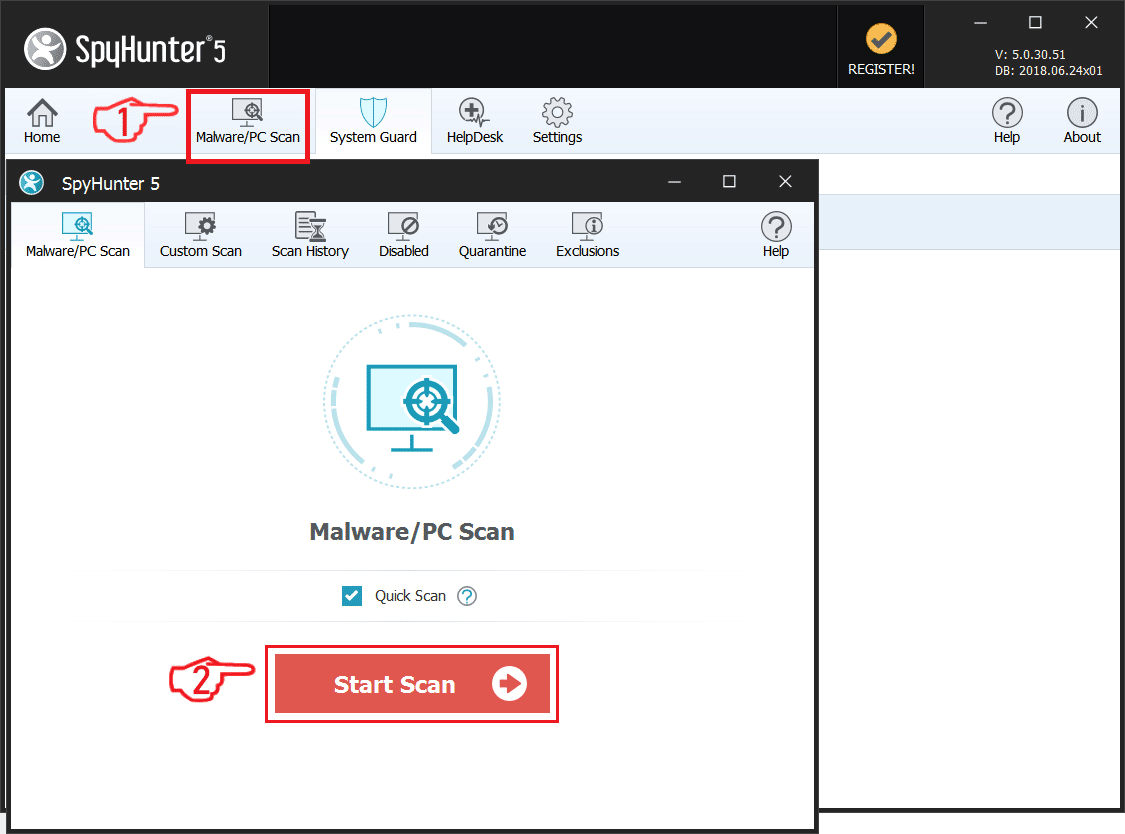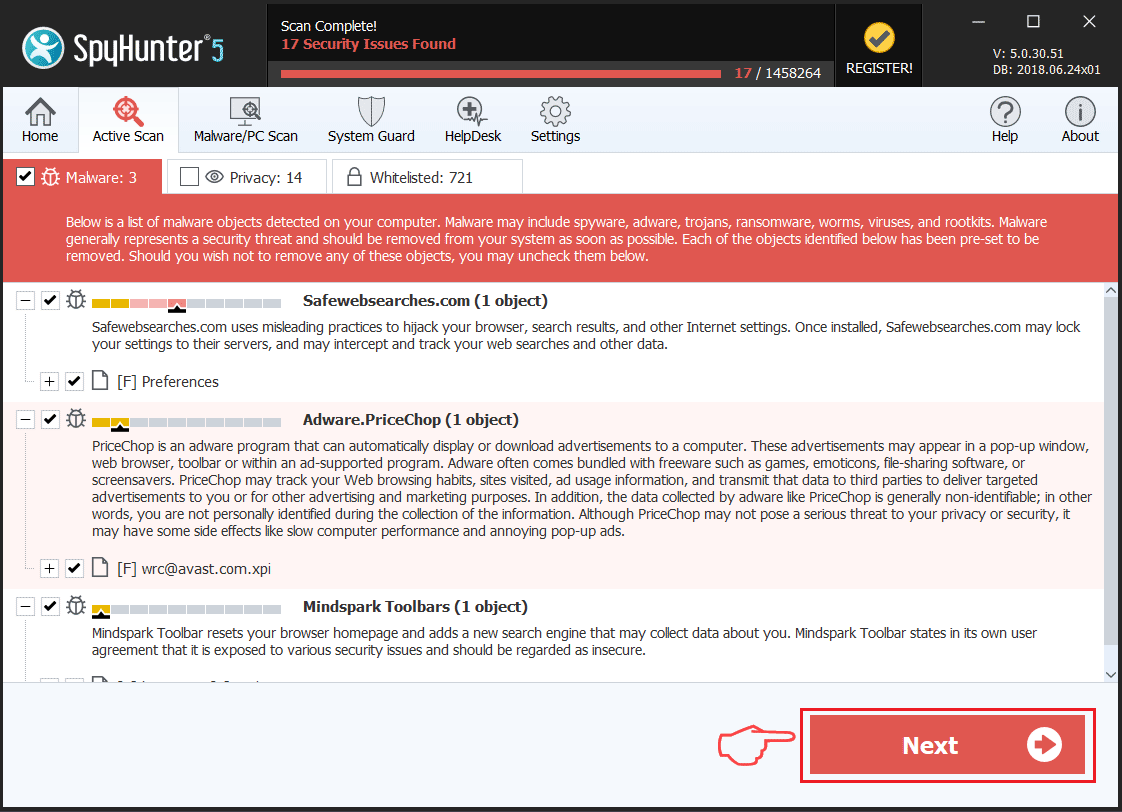The AveMaria Trojan is a dangerous weapon used against computer users worldwide. It infects mainly via phishing email messages. Our article gives an overview of its behavior according to the collected samples and available reports, also it may be helpful in attempting to remove the virus.

Threat Summary
| Name | AveMaria Trojan |
| Type | Trojan |
| Short Description | The AveMaria Trojan is a computer virus that is designed to silently infiltrate computer systems. |
| Symptoms | The victims may not experience any apparent symptoms of infection. |
| Distribution Method | Software Vulnerabilities, Freeware Installations, Bundled Packages, Scripts and others. |
| Detection Tool |
See If Your System Has Been Affected by malware
Download
Malware Removal Tool
|
| User Experience | Join Our Forum to Discuss AveMaria Trojan. |

AveMaria Trojan – Distribution Methods
The AveMaria Trojan has been identified in a small-sized campaign which doesn’t give out information about the preferred distribution methods. We anticipate that the most popular ones are going to be used:
- Email Phishing Campaigns — The criminals can devise email SPAM messages that utilize phishing strategies in order to coerce the recipients into thinking that they have received a message from a well-known company. The virus files can be delivered directly as attachments or linked in the body contents. Common disguises include software update notifications, patches and etc.
- Malware Web Sites — The criminals behind the threat can create dangerous sites that pose as legitimate and safe pages. Usually the most common ones that are done are download portals, product landing pages, search engines and others.
- Dangerous Documents — This is done by inserting dangerous macros in the most popular document types: spreadsheets, presentations, databases and text files. Whenever they are opened by the victims a prompt will appear asking for the macros to be run. The reason that is quoted is that this is required in order to correctly view the document.
- Dangerous Applications — The hackers can create dangerous installers for software that are popularly downloaded by end users. The hackers typically choose those apps that are most likely to be downloaded and executed by most computer users: system utilities, productivity, anti-virus and creativity suites.
- Browser Hijackers — They represent dangerous plugins which are made compatible with the most popular web browsers. They are frequently uploaded to the relevant repositories and use fake user reviews and developer credentials. The posted descriptions will promise the addition of new features and performance optimizations. Whenever they are installed not only will the AveMaria Trojan be deployed to the victim machines, but also modifications to the web browser settings will be made. This is done in order to redirect the victim users to a hacker-controlled page.
- File-Sharing Networks — The files can be sent over peer-to-peer networks like BitTorrent which are often used to spread both pirate and legitimate content.
Trojans like this one are also well-known to be distributed via direct vulnerability testing. This is done using automated software that use payloads that attempt to find out weaknesses in computer systems.

AveMaria Trojan – Detailed Description
The AveMaria Trojan will immediately start the infection engine as soon as the target machine has been penetrated. It can hook up to existing processes and thus monitor the users actions. The Trojan can access both the applications and the operating system itself even those with administrative privileges. Code injection is one of the most popular techniques used by such malware. It allows the engine to manipulate other programs into running code. This makes it much more difficult for security software and system administrators to detect.
The code analysis shows that a several stage deployment is being done. This is done in order to make it start the different modules in the prescribed order. Some of the example actions that can be started include the following:
- Persistent Installation — By modifying the system settings and certain configuration files the AveMaria Trojan can be set to start automatically each time the computer is powered on. This will override the standard bootup procedure and also disable access to the recovery menus which renders most manual user removal guides non-working.
- Windows Registry Changes — The engine can be instructed to make changes to the Windows Registry by creating ones for itself and modifying those that belong both to the operating system and the third-party installed applications. This can lead to severe performance issues to the point of rendering the computer completely unusable. When the strings that belong to individual programs are modified then certain functions can stop working or unexpected errors can come up.
- Security Bypass — The analysis of the ransomware shows that it can be programmed to block the software that can potentially interfere with the proper AveMaria Trojan execution. This includes all forms of anti-virus programs, firewalls, virtual machine hosts and debug environments.
The main goal of the AveMaria Trojan is to drop various malware threats to the affected hosts. A list of some of the most common ones:
- Ransomware Infections — These viruses follow a typical behavior of targeting sensitive user data based on a built-in list of target file type extensions. The information is processed by a strong cipher and the resulting data is marked with a preset extension.
- Browser Hijackers — These are dangerous plugins which are made compatible with the most popular web browsers. Once installed on the infected computers they will redirect the victims to a preset hacker-controlled page. This is done by changing the following settings: default home page, new tabs page and search engine.
- Trojan Horse Client — This instructs the local client to establish a connection with a hacker-controlled server. This allows the hackers to take over control of the machines, steal files (before any data processing occurs) and take spy on the victims in real-time.
- Cryptocurrency Miners — These small-sized applications or scripts will download a series of tasks that will place a heavy toll on the performance of the computer to the point of rendering it completely unusable. It will affect areas such as CPU, GPU, memory and hard drive space. Whenever one of the tasks is reported as complete the hackers will receive digital currency that will be directly wired to their wallets.
All kinds of other malicious actions can be ordered as well depending on the goals of the hackers.

Remove AveMaria Trojan
If your computer system got infected with the AveMaria Trojan, you should have a bit of experience in removing malware. You should get rid of this Trojan as quickly as possible before it can have the chance to spread further and infect other computers. You should remove the Trojan and follow the step-by-step instructions guide provided below.
Note! Your computer system may be affected by AveMaria Trojan and other threats.
Scan Your PC with SpyHunter
SpyHunter is a powerful malware removal tool designed to help users with in-depth system security analysis, detection and removal of AveMaria Trojan.
Keep in mind, that SpyHunter’s scanner is only for malware detection. If SpyHunter detects malware on your PC, you will need to purchase SpyHunter’s malware removal tool to remove the malware threats. Read our SpyHunter 5 review. Click on the corresponding links to check SpyHunter’s EULA, Privacy Policy and Threat Assessment Criteria.
To remove AveMaria Trojan follow these steps:
Use SpyHunter to scan for malware and unwanted programs
Preparation before removing AveMaria Trojan.
Before starting the actual removal process, we recommend that you do the following preparation steps.
- Make sure you have these instructions always open and in front of your eyes.
- Do a backup of all of your files, even if they could be damaged. You should back up your data with a cloud backup solution and insure your files against any type of loss, even from the most severe threats.
- Be patient as this could take a while.
- Scan for Malware
- Fix Registries
- Remove Virus Files
Step 1: Scan for AveMaria Trojan with SpyHunter Anti-Malware Tool



Step 2: Clean any registries, created by AveMaria Trojan on your computer.
The usually targeted registries of Windows machines are the following:
- HKEY_LOCAL_MACHINE\Software\Microsoft\Windows\CurrentVersion\Run
- HKEY_CURRENT_USER\Software\Microsoft\Windows\CurrentVersion\Run
- HKEY_LOCAL_MACHINE\Software\Microsoft\Windows\CurrentVersion\RunOnce
- HKEY_CURRENT_USER\Software\Microsoft\Windows\CurrentVersion\RunOnce
You can access them by opening the Windows registry editor and deleting any values, created by AveMaria Trojan there. This can happen by following the steps underneath:


 Tip: To find a virus-created value, you can right-click on it and click "Modify" to see which file it is set to run. If this is the virus file location, remove the value.
Tip: To find a virus-created value, you can right-click on it and click "Modify" to see which file it is set to run. If this is the virus file location, remove the value.Step 3: Find virus files created by AveMaria Trojan on your PC.
1.For Windows 8, 8.1 and 10.
For Newer Windows Operating Systems
1: On your keyboard press + R and write explorer.exe in the Run text box and then click on the Ok button.

2: Click on your PC from the quick access bar. This is usually an icon with a monitor and its name is either “My Computer”, “My PC” or “This PC” or whatever you have named it.

3: Navigate to the search box in the top-right of your PC's screen and type “fileextension:” and after which type the file extension. If you are looking for malicious executables, an example may be "fileextension:exe". After doing that, leave a space and type the file name you believe the malware has created. Here is how it may appear if your file has been found:

N.B. We recommend to wait for the green loading bar in the navigation box to fill up in case the PC is looking for the file and hasn't found it yet.
2.For Windows XP, Vista, and 7.
For Older Windows Operating Systems
In older Windows OS's the conventional approach should be the effective one:
1: Click on the Start Menu icon (usually on your bottom-left) and then choose the Search preference.

2: After the search window appears, choose More Advanced Options from the search assistant box. Another way is by clicking on All Files and Folders.

3: After that type the name of the file you are looking for and click on the Search button. This might take some time after which results will appear. If you have found the malicious file, you may copy or open its location by right-clicking on it.
Now you should be able to discover any file on Windows as long as it is on your hard drive and is not concealed via special software.
AveMaria Trojan FAQ
What Does AveMaria Trojan Trojan Do?
The AveMaria Trojan Trojan is a malicious computer program designed to disrupt, damage, or gain unauthorized access to a computer system. It can be used to steal sensitive data, gain control over a system, or launch other malicious activities.
Can Trojans Steal Passwords?
Yes, Trojans, like AveMaria Trojan, can steal passwords. These malicious programs are designed to gain access to a user's computer, spy on victims and steal sensitive information such as banking details and passwords.
Can AveMaria Trojan Trojan Hide Itself?
Yes, it can. A Trojan can use various techniques to mask itself, including rootkits, encryption, and obfuscation, to hide from security scanners and evade detection.
Can a Trojan be Removed by Factory Reset?
Yes, a Trojan can be removed by factory resetting your device. This is because it will restore the device to its original state, eliminating any malicious software that may have been installed. Bear in mind that there are more sophisticated Trojans that leave backdoors and reinfect even after a factory reset.
Can AveMaria Trojan Trojan Infect WiFi?
Yes, it is possible for a Trojan to infect WiFi networks. When a user connects to the infected network, the Trojan can spread to other connected devices and can access sensitive information on the network.
Can Trojans Be Deleted?
Yes, Trojans can be deleted. This is typically done by running a powerful anti-virus or anti-malware program that is designed to detect and remove malicious files. In some cases, manual deletion of the Trojan may also be necessary.
Can Trojans Steal Files?
Yes, Trojans can steal files if they are installed on a computer. This is done by allowing the malware author or user to gain access to the computer and then steal the files stored on it.
Which Anti-Malware Can Remove Trojans?
Anti-malware programs such as SpyHunter are capable of scanning for and removing Trojans from your computer. It is important to keep your anti-malware up to date and regularly scan your system for any malicious software.
Can Trojans Infect USB?
Yes, Trojans can infect USB devices. USB Trojans typically spread through malicious files downloaded from the internet or shared via email, allowing the hacker to gain access to a user's confidential data.
About the AveMaria Trojan Research
The content we publish on SensorsTechForum.com, this AveMaria Trojan how-to removal guide included, is the outcome of extensive research, hard work and our team’s devotion to help you remove the specific trojan problem.
How did we conduct the research on AveMaria Trojan?
Please note that our research is based on an independent investigation. We are in contact with independent security researchers, thanks to which we receive daily updates on the latest malware definitions, including the various types of trojans (backdoor, downloader, infostealer, ransom, etc.)
Furthermore, the research behind the AveMaria Trojan threat is backed with VirusTotal.
To better understand the threat posed by trojans, please refer to the following articles which provide knowledgeable details.



 1. For Windows XP, Vista and 7.
1. For Windows XP, Vista and 7. 2. For Windows 8, 8.1 and 10.
2. For Windows 8, 8.1 and 10.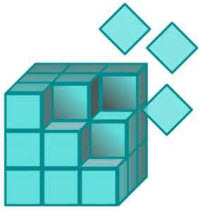 Fix registry entries created by malware and PUPs on your PC.
Fix registry entries created by malware and PUPs on your PC.


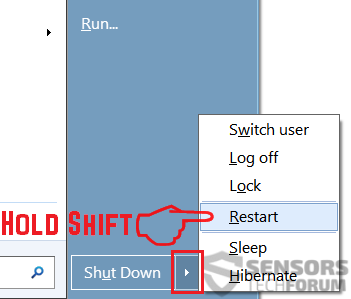
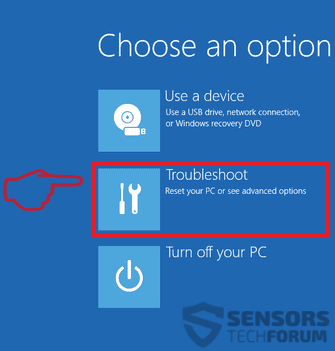
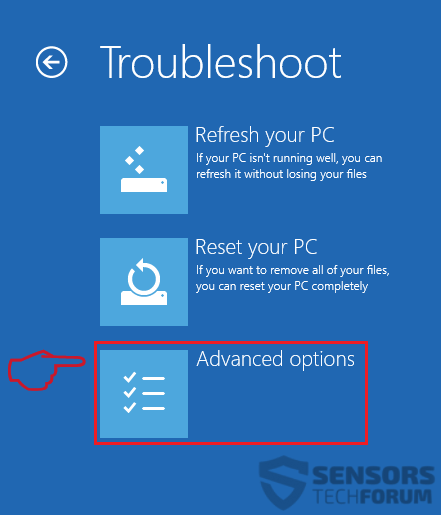
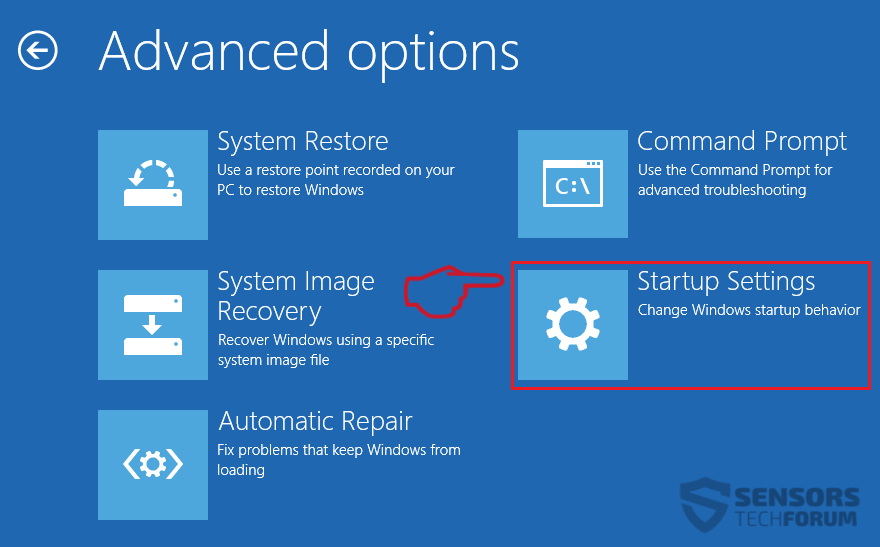
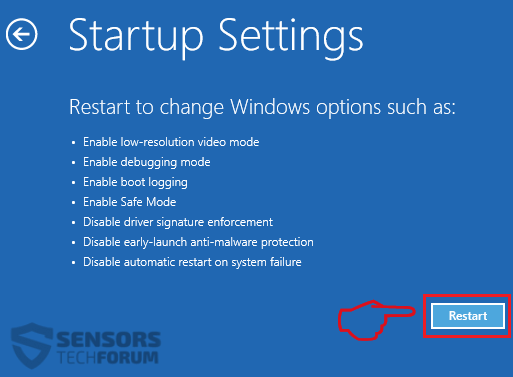
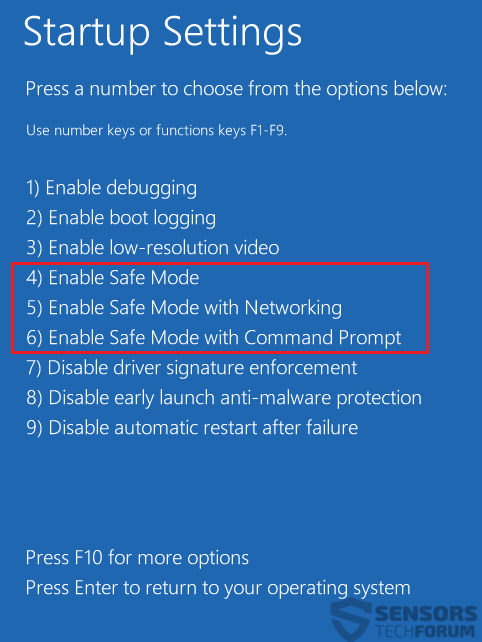
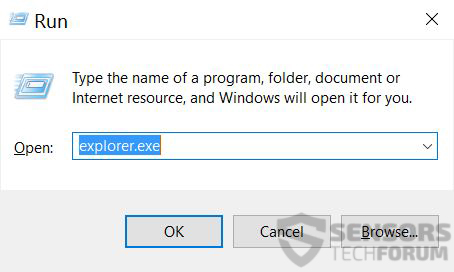

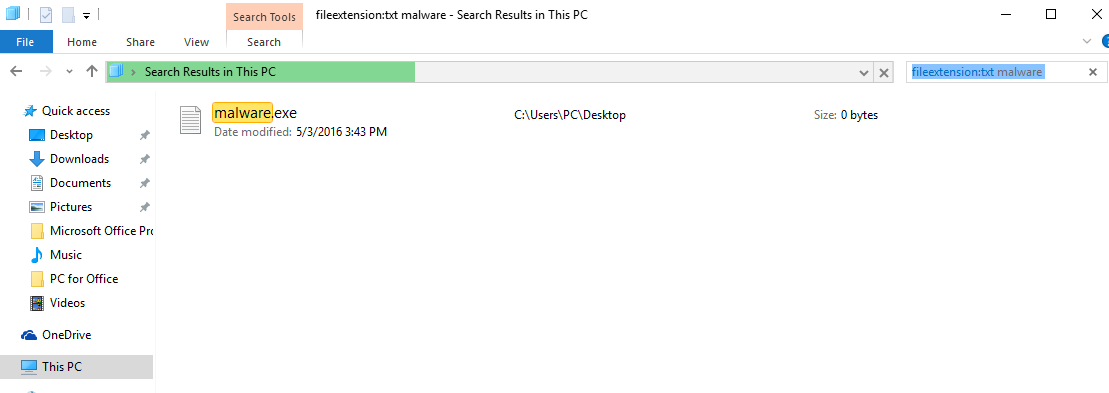
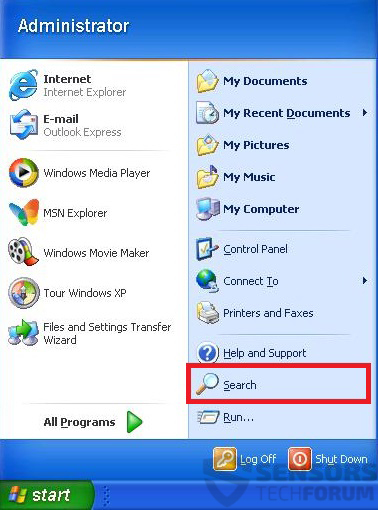
 1. Install SpyHunter to scan for AveMaria Trojan and remove them.
1. Install SpyHunter to scan for AveMaria Trojan and remove them.